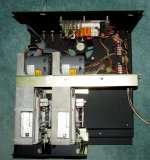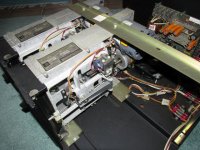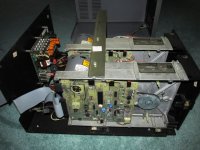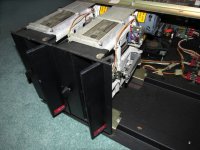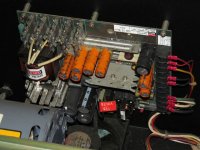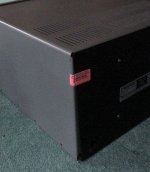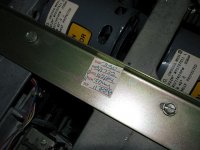clh333
Veteran Member
Having just acquired the above-mentioned disk system, complete with cable and two drives, I am now faced with figuring out what is in it, how it operates, what can be connected to it and what to look for before I power it up.
Documentation, as it is commonly known.
Anyone with information or practical experience willing to offer advice or guidance will be greatly appreciated.
Thanks,
-CH-
Documentation, as it is commonly known.
Anyone with information or practical experience willing to offer advice or guidance will be greatly appreciated.
Thanks,
-CH-

